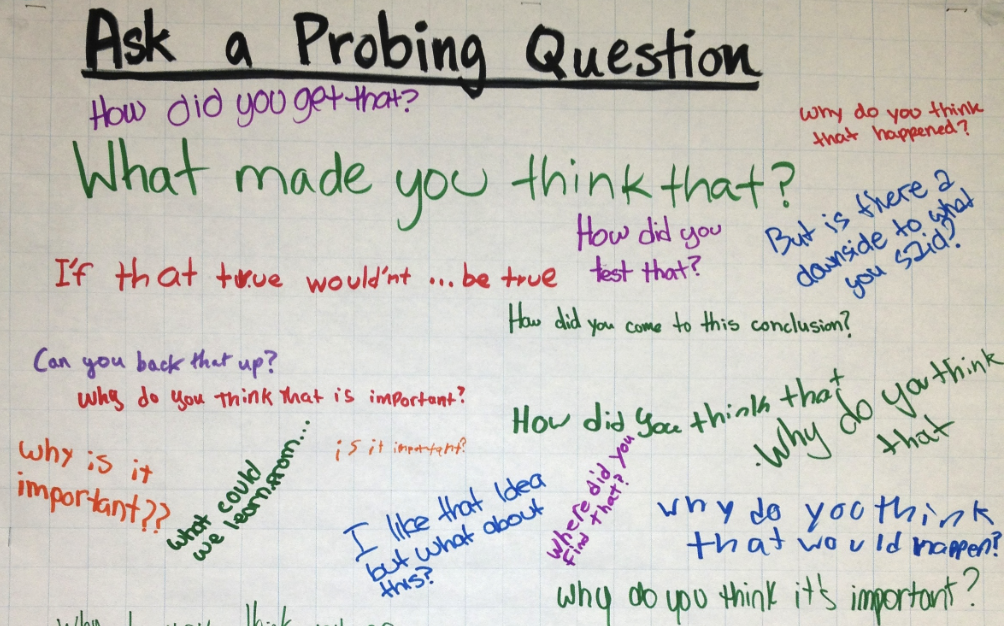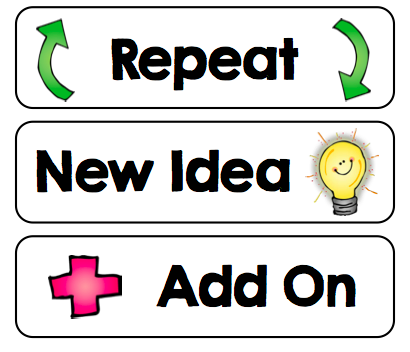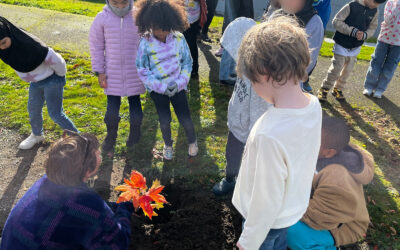During a class discussion, many ideas will surface. It can be difficult at times to follow along with the flow of ideas and how they connect. Here are 4 tips for using a tool like the discussion stoplight in the classroom.
Tip 1: Identify what kinds of contributions you want to start with and build toward in the classroom. The three kinds of contributions shown in the discussion stoplight template can be a useful starting point for identifying how ideas from different speakers relate. However, depending on what grade you teach and what experiences students have had, you may want to start with a different set or work towards others. For instance, teachers have explicitly introduced and worked towards “agree,” “thinking differently,” “question,” and more.
Tip 2: Create visual ways of showing conversations as they unfold. It can be helpful for students to visualize what kinds of talk are happening. Here are three ways you might try; in all cases, the one(s) creating the visual could be the teacher and/or students:
-
- Pointing: As the discussion flows, point to what each student is doing on the discussion stoplight.
-
- Tallying: Make tallies next to different kinds of contributions so the class can see what is happening collectively over time.
-
- Mapping: Create discussion maps that trace the flow of conversation among students and potentially the kinds of connections in play. (For more guidance, check out Hands Down, Speak Out.)
Tip 3: Consider using hand signals or sign language as ways of participating. Especially in elementary school, classes often have gestures that students can use to communicate, including hand signals for the kinds of contributions seen in the discussion stoplight (like new idea, add on, thinking differently, etc.). Using signals is a powerful way to support language development for multilingual students and it can provide additional avenues for students’ participation, supporting more equity of voice in the classroom.
Tip 4: Expand the kinds of contributions in play with students over time. Let the tool grow with your class. Adding ways of contributing over time, especially ones that emerge naturally from students, can help students consider more nuanced ways of responding to each other and highlight how talk changes as the classroom community changes. For instance, below is a set of ways a high school class thought “probing questions” might sound.






 This site is primarily funded by the National Science Foundation (NSF) through Award #1907471 and #1315995
This site is primarily funded by the National Science Foundation (NSF) through Award #1907471 and #1315995